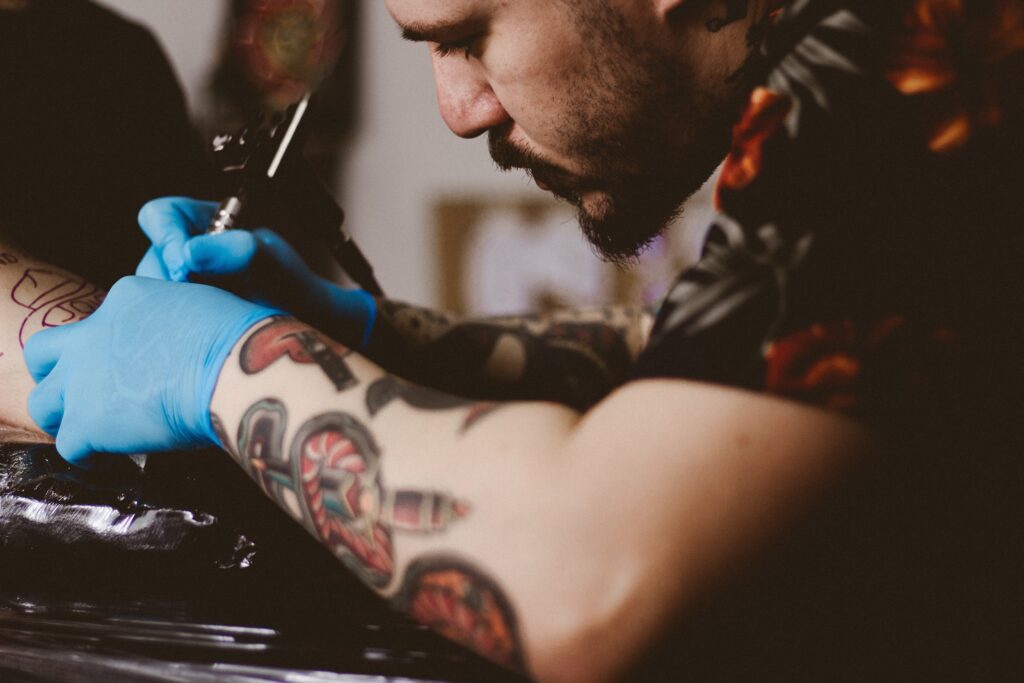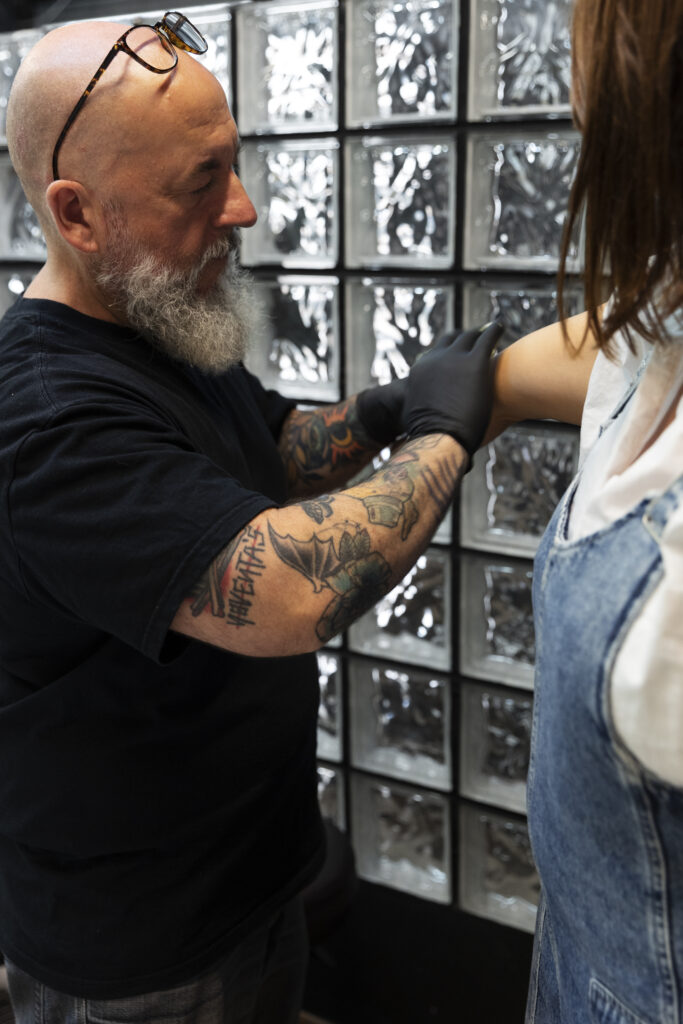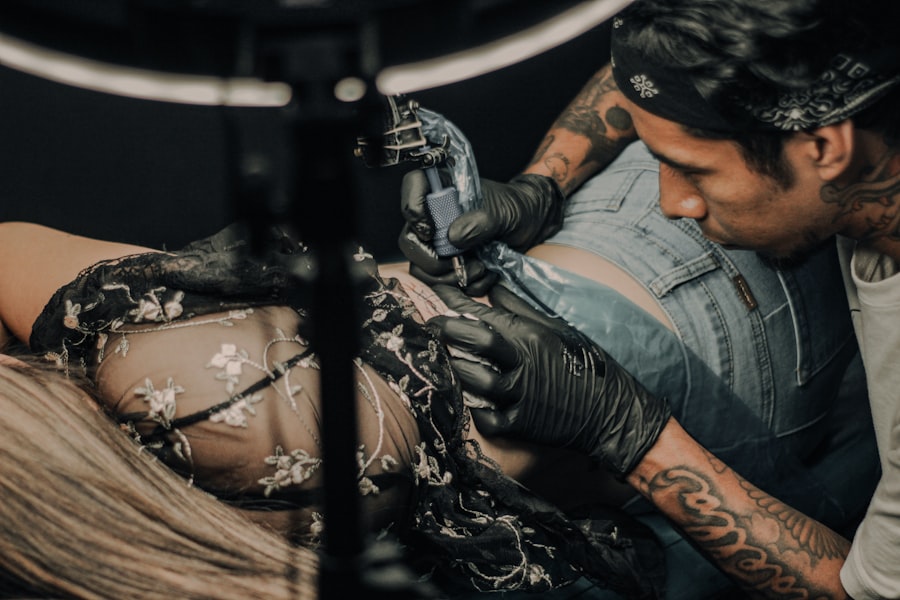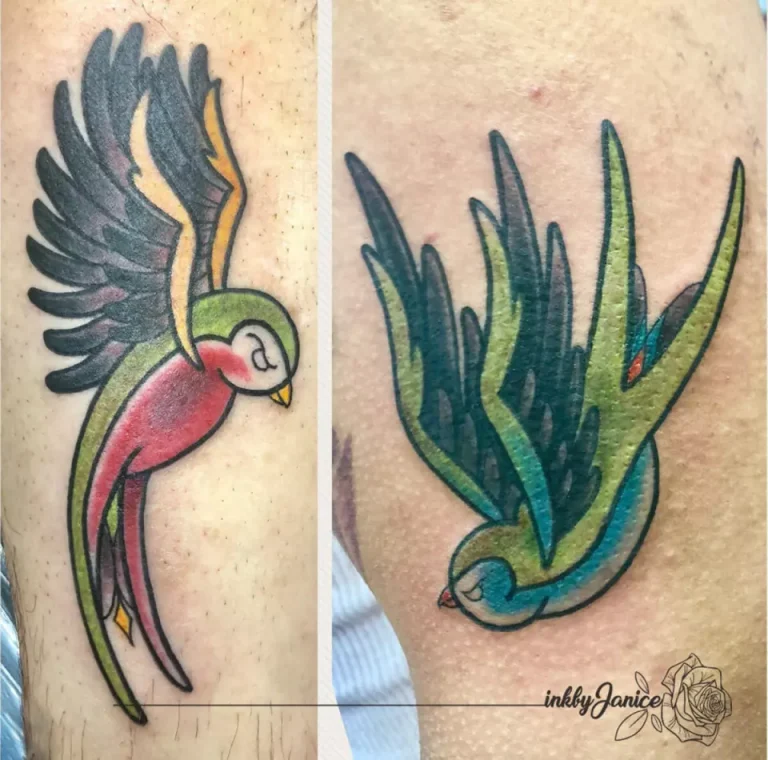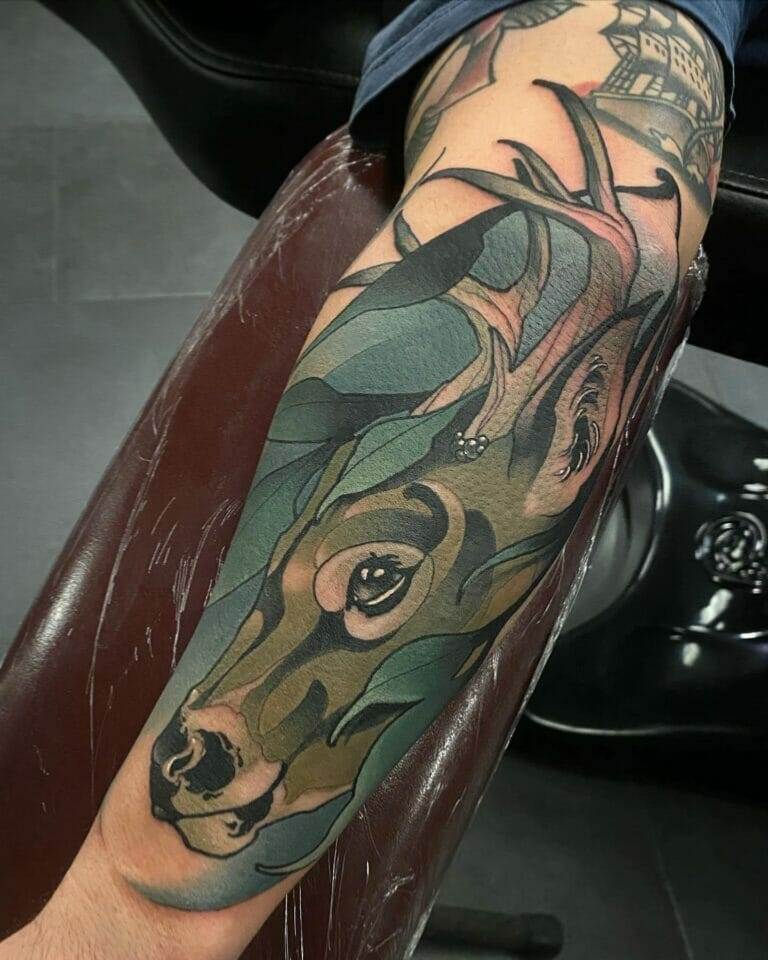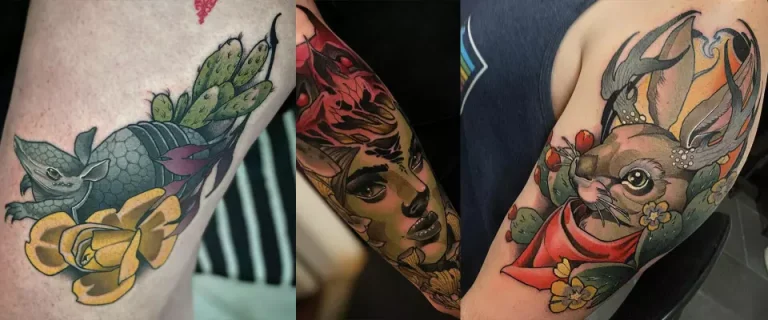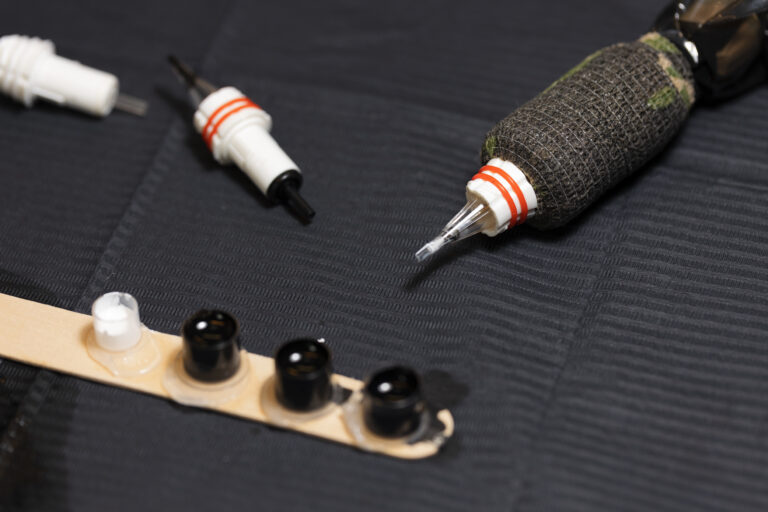When it comes to tattoo pricing, understanding the difference between hourly and flat rates is crucial for anyone considering getting inked. Hourly rates are calculated based on the time the artist spends working on the tattoo. This means that the final cost can vary significantly depending on the complexity of the design, the size of the tattoo, and the artist’s speed.
For instance, a small, simple tattoo may take only an hour to complete, while a large, intricate piece could take several hours or even multiple sessions. This pricing structure can be beneficial for clients who are looking for a straightforward approach, as they can gauge the cost based on the estimated time required. On the other hand, flat rates offer a fixed price for a specific design or size of tattoo.
This means that regardless of how long it takes to complete the piece, the client pays a predetermined amount. Flat rates can provide peace of mind for clients who want to avoid unexpected costs and prefer to know exactly what they will be paying upfront. However, this pricing model may not always reflect the true value of the artist’s time and skill, especially if a design turns out to be more complex than initially anticipated.
Understanding these two pricing structures is essential for making an informed decision when choosing a tattoo artist.
Key Takeaways
- Hourly rates are based on the amount of time it takes to complete a tattoo, while flat rates are a set price for the entire tattoo.
- Factors that affect tattoo pricing include the size and complexity of the design, the location on the body, and the experience of the artist.
- Pros of hourly rates include flexibility for small or large tattoos, while cons include uncertainty about the final cost.
- Pros of flat rates include knowing the total cost upfront, while cons include potential overcharging for simpler designs.
- Consider your tattoo size, complexity, and budget when determining which pricing structure is right for you.
Factors That Affect Tattoo Pricing
Several factors influence the pricing of tattoos, and being aware of these can help clients better understand what they are paying for. One of the most significant factors is the artist’s experience and reputation. Established artists with a strong portfolio and a loyal clientele often charge higher rates due to their expertise and demand.
Their skills not only ensure high-quality work but also provide clients with confidence in their choice of artist. Additionally, the location of the tattoo shop can impact pricing; shops in urban areas or trendy neighborhoods may have higher overhead costs, which can be reflected in their rates. Another important factor is the complexity of the design itself.
Intricate tattoos that require detailed line work, shading, or color blending typically take more time and skill to execute, leading to higher prices. Size also plays a crucial role; larger tattoos naturally require more time and resources, which can increase costs significantly. Furthermore, the type of ink and materials used can affect pricing as well.
High-quality inks and sterile equipment are essential for ensuring safety and longevity in tattoos, and reputable shops will often invest in these materials, which can be reflected in their pricing structure.
Pros and Cons of Hourly Rates
Hourly rates come with their own set of advantages and disadvantages that clients should consider before committing to a tattoo. One of the primary benefits of hourly pricing is its flexibility. Clients can work closely with their artist to determine how much time will be needed for their desired design, allowing for adjustments along the way.
This can be particularly advantageous for larger or more complex pieces that may evolve during the tattooing process. Additionally, hourly rates can sometimes result in lower costs for smaller tattoos, as clients only pay for the actual time spent on their piece. However, there are also drawbacks to hourly rates that clients should keep in mind.
One significant concern is the potential for unexpected costs. If a tattoo takes longer than anticipated due to unforeseen complications or changes in design, clients may find themselves facing a higher bill than they initially budgeted for. This uncertainty can lead to anxiety about the final price and may deter some individuals from pursuing their desired tattoo.
Furthermore, hourly rates may create pressure on both the artist and client to rush through the process, potentially compromising quality in favor of speed.
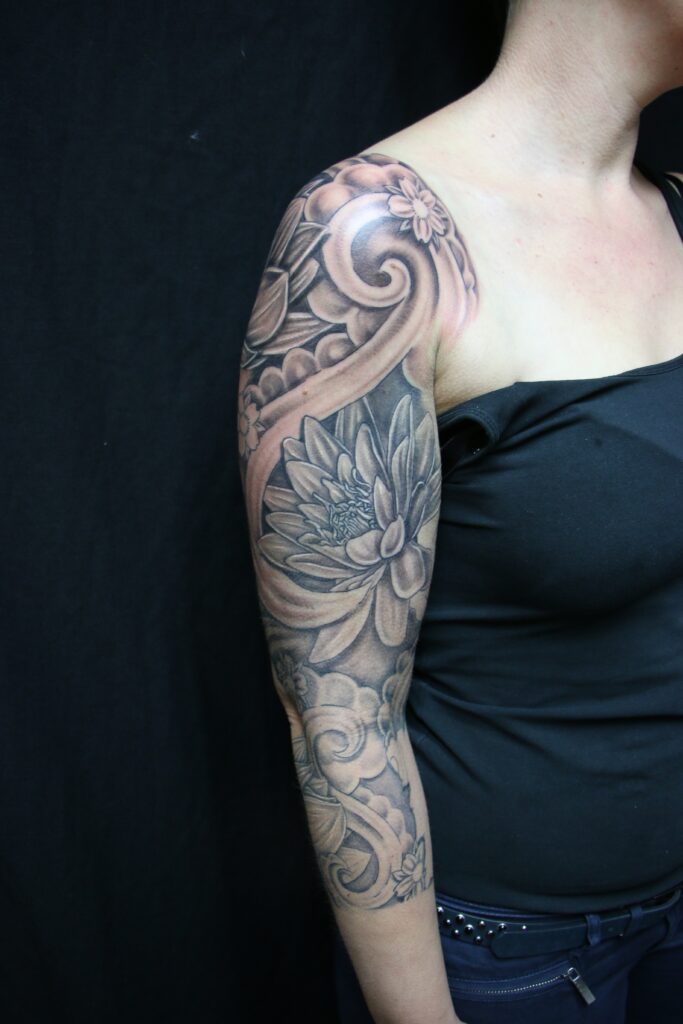
Pros and Cons of Flat Rates
Flat rates offer a different approach to tattoo pricing, with their own unique set of pros and cons. One of the most significant advantages of flat-rate pricing is its predictability. Clients know exactly what they will be paying upfront, which can alleviate concerns about budget overruns or unexpected expenses.
This transparency allows individuals to plan their finances more effectively and can make the tattooing experience less stressful overall. Additionally, flat rates can encourage artists to take their time with each piece, as they are not pressured by an hourly clock. On the flip side, flat rates may not always reflect the true value of an artist’s work.
If a design turns out to be more complicated than initially thought, clients may feel that they are not getting their money’s worth if it takes longer than expected to complete. Moreover, flat rates can sometimes lead to a lack of flexibility in terms of design changes during the tattooing process. Clients may feel hesitant to request modifications if they believe it could impact the agreed-upon price.
Ultimately, while flat rates provide clarity and simplicity, they may not suit every client’s needs or preferences.
How to Determine Which Pricing Structure is Right for You
Choosing between hourly and flat rates ultimately depends on individual preferences and circumstances. To determine which pricing structure is right for you, consider your budget and how much you are willing to spend on your tattoo. If you have a specific design in mind that you believe will take a set amount of time to complete, an hourly rate might work well for you.
However, if you prefer knowing your total cost upfront without worrying about potential overruns, a flat rate could be more suitable. Additionally, think about the complexity and size of your desired tattoo. For larger pieces that may require multiple sessions or intricate details, an hourly rate might provide more flexibility in terms of adjustments during the process.
Conversely, if you are looking for a smaller tattoo with a straightforward design, a flat rate could offer peace of mind regarding your budget. Ultimately, assessing your priorities and discussing them with your chosen artist at Opal Lotus in Houston can help you make an informed decision that aligns with your vision and financial considerations.
Tips for Negotiating Tattoo Prices

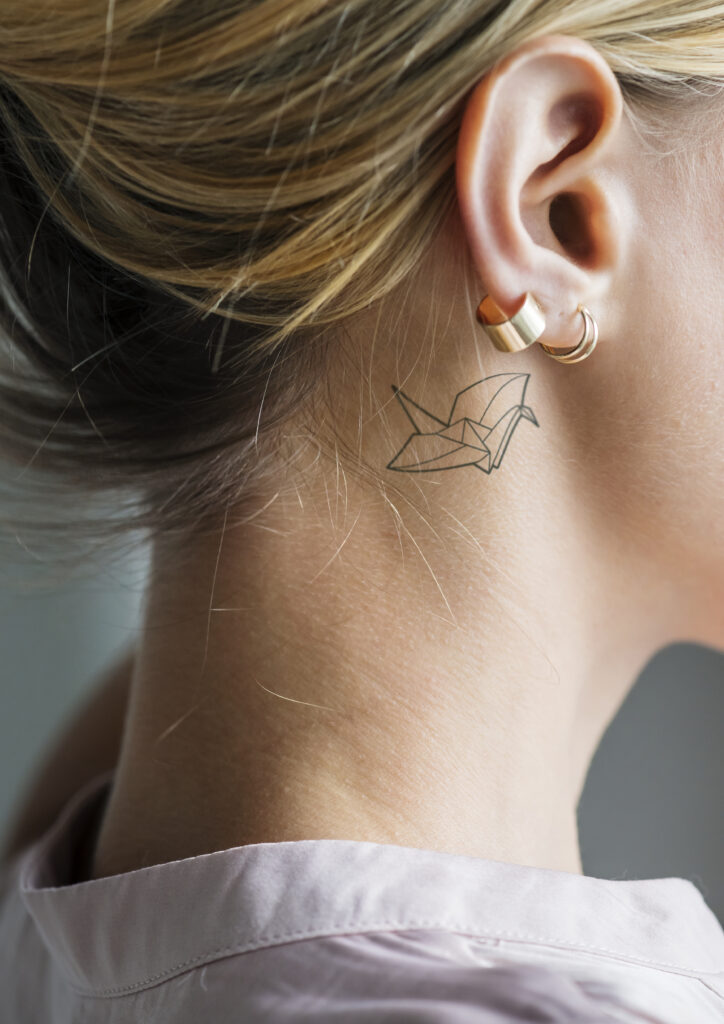
Negotiating tattoo prices can be a delicate process, but it is possible to have an open conversation with your artist about costs without compromising quality or respect for their craft. One effective strategy is to do your research beforehand. Familiarize yourself with typical pricing in your area and understand what factors contribute to those costs.
This knowledge will empower you during discussions with your artist at Opal Lotus in Houston and help you articulate your budget clearly. When approaching negotiations, be honest about your budget while also expressing your desire for quality work. Many artists appreciate transparency and may be willing to work with you to find a solution that meets both parties’ needs.
Consider discussing alternative designs or sizes that could fit within your budget while still allowing you to achieve your desired outcome. Remember that building a good rapport with your artist can go a long way; showing respect for their skills and expertise will foster a positive environment for negotiation.
Understanding the Importance of Transparency in Tattoo Pricing
Transparency in tattoo pricing is essential for fostering trust between clients and artists. When clients have a clear understanding of what they are paying for, it creates a more positive experience overall. Transparency helps eliminate confusion or misunderstandings regarding costs, allowing clients to make informed decisions about their tattoos without fear of hidden fees or unexpected charges.
At Opal Lotus in Houston, artists prioritize open communication about pricing structures so that clients feel comfortable discussing their options. Moreover, transparent pricing reflects an artist’s professionalism and commitment to ethical practices within the industry. When artists are upfront about their rates and any additional costs associated with specific designs or materials, it demonstrates respect for their clients’ financial considerations.
This level of honesty not only enhances client satisfaction but also contributes to building long-term relationships based on trust and mutual respect.
Questions to Ask Your Tattoo Artist About Pricing
Before committing to a tattoo at Opal Lotus in Houston or any other shop, it’s essential to ask your artist specific questions about pricing to ensure clarity and alignment with your expectations. Start by inquiring about their pricing structure—whether they charge hourly or offer flat rates—and how they determine costs based on design complexity or size. Understanding these details will help you gauge what to expect financially.
Additionally, ask about any potential extra charges that may arise during the process. For example, some artists may charge additional fees for color work or touch-ups after healing. Clarifying these aspects upfront will prevent surprises down the line and allow you to budget accordingly.
Finally, don’t hesitate to discuss your budget openly; many artists appreciate transparency and may offer suggestions or alternatives that fit within your financial parameters while still delivering quality work. In conclusion, understanding tattoo pricing structures—whether hourly or flat—can significantly impact your experience as a client at Opal Lotus in Houston or any other shop. By considering various factors that influence pricing and engaging in open communication with your artist about costs, you can make informed decisions that align with your vision and budget while ensuring a positive tattooing experience overall.


FAQs
What is the difference between hourly and flat rates for tattoo pricing?
Hourly rates for tattoo pricing means that the client pays for the amount of time the tattoo artist spends working on the tattoo. Flat rates, on the other hand, means that the client pays a set price for the entire tattoo, regardless of how long it takes the artist to complete.
How do tattoo artists determine whether to use hourly or flat rates?
Tattoo artists may choose to use hourly rates for larger, more complex pieces that require multiple sessions to complete. Flat rates are often used for smaller, simpler designs that can be completed in a single session.
What are the advantages of hourly rates for tattoo pricing?
Hourly rates can be advantageous for clients who have a clear idea of the design they want but are unsure of how long it will take to complete. It also allows for more flexibility in the design process, as the client can make changes during the tattooing session without affecting the overall cost.
What are the advantages of flat rates for tattoo pricing?
Flat rates can be advantageous for clients who have a set budget and want to know the total cost of their tattoo upfront. It also provides a sense of security for clients, as they know the final price will not change, regardless of how long the tattoo takes to complete.
How can clients ensure pricing transparency when getting a tattoo?
Clients can ensure pricing transparency by discussing pricing options with their tattoo artist before the tattooing process begins. It’s important to have a clear understanding of the pricing structure and any potential additional costs, such as touch-ups or design changes.


